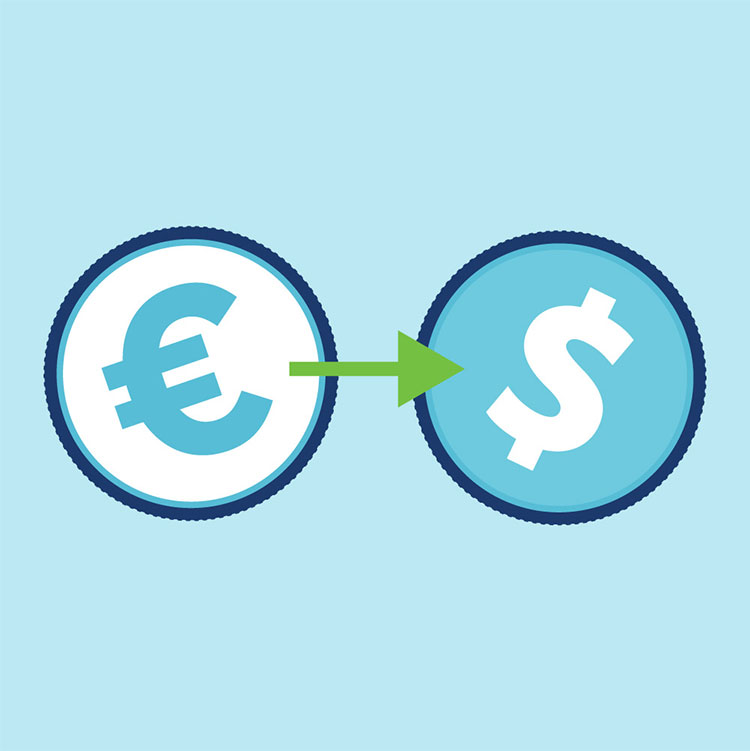How to Invest

You’ve heeded the advice from fellow yacht crew and you’re going to go for it yourself. Cut out the middleman, invest directly. What’s your best strategy for success?
‘Best’ is a very subjective term. It depends on your individual circumstances, financial goals and risk tolerance. And ‘best’ can refer not only to the types of investments you make but also to how you make those investments.
First, let’s look at the main types of investment you could consider:
Index funds or ETFs
Index funds and exchange-traded funds (ETFs) are a type of investment fund that aims to track the performance of a specific market index, such as the S&P 500. They offer a low-cost, diversified way to invest in the stock market, as they hold a basket of stocks that reflect the composition of the underlying index. This helps to spread risk and potentially reduce volatility compared to investing in individual stocks.
This is a solid investment, because you can tie your investment to an index that has shown sustained growth over a long period of time. For instance, while the main stock markets have had the occasional shock, they have always recovered and over time risen.
The main downside to this type of investment is that mostly your money isn’t working as hard as it could for you. It’s stuck in second gear.
Bonds
Bonds are debt securities issued by companies or governments to raise capital.
When you buy a bond, you are essentially lending money to the issuer in exchange for periodic interest payments. Bonds are generally considered less risky than EFTs or individual stocks, as they offer a fixed return and the issuer is obligated to repay the bond’s face value when it matures. However, bonds also typically offer lower returns compared to stocks.
If investing in an EFT can keep your money stuck in second gear, bonds don’t really get out of first gear. But, they are relatively safe, Western government bonds especially, and should be part of your strategy, especially towards the end of your financial plan, when you don’t want to be running too much risk.
Real estate
Investing in real estate can provide a steady source of passive income through rental properties.
Real estate can also offer the potential for capital appreciation, as property values can increase over time.
However, investing in real estate also comes with significant responsibilities, such as finding and managing tenants, maintaining the property and handling any repairs.
Also, real estate is also a relatively illiquid asset, meaning it can be difficult to sell quickly if needed.
Stocks
Investing in individual stocks can provide the potential for higher returns compared to bonds or index funds, as you are directly owning a portion of a company. However, stocks also carry a higher level of risk, as the value of your investment can be affected by factors such as company performance, market conditions, and overall economic performance. Individual company stocks can be very volatile. In February 2023, a mistake by Google’s much vaunted AI-driven Bard chatbot resulted in $100 billion being wiped off the value of parent company Alphabet’s shares in a single day.
When investing in stocks, it’s important to do thorough research and consider your long-term investment strategy, as well as your risk tolerance.
Robo-advisors
AI is cropping up everywhere and in places you might not expect. The financial sector is no different.
Robo-advisors are digital platforms that use algorithms to manage your investments. They provide a convenient, low-cost option for investors who want some form of management of their portfolios without having to pay the higher fees associated with a traditional financial advisor.
Robo-advisors use computer algorithms to create and manage portfolios based on your investment goals and risk tolerance.
Each of these investment options has its own benefits and risks. So it’s important to consider the potential return, risk, liquidity, and other factors before making any investment decisions.
Our advice is don’t put all your eggs in one basket, don’t put all your baskets in one cupboard and don’t put all your cupboards in the same house. A balanced, diversified portfolio is the way to go. That means different types of investments spread over as many pots as possible. That builds in resilience if one type of investment goes down.
Dollar cost averaging
Next you need to consider when you’re going to make your investments. Dollar cost averaging is a good strategy that fits with the income patterns of yacht crew. You are paid monthly, so adopting an investment strategy that is based on regular monthly investments makes sense. That’s a form of dollar cost averaging.
Dollar cost averaging is investing a fixed amount of money at regular intervals, regardless of the current market price/value of the investment product you’re buying. This helps to average out the cost of your investments over time, potentially reducing the impact of market volatility.
Ideally, you’d make your investments when the value of what you are investing in is at its lowest, so you can benefit the most when its value goes up again. (By the same token, you’d sell your investments again at the peak of the market.) The thing is, if it were so easy to predict the bottom of the market (and the top), investing would be dead simple and we’d all be multi-millionaires in a short space of time. Other than the yacht owner, how many multi-millionaires do you know?
Dollar cost averaging takes the guesswork out of investing. If you invest regularly, you will always be investing some money when the market is at its lowest. (Of course, you’ll also be investing some of your money when it is at its highest.)
For example, if you invest $100 per month into a stock or a mutual fund, you will buy more shares when the price is low and fewer shares when the price is high. Over time, the average cost of your shares will be lower than if you had invested a lump sum all at once.
The benefits of dollar cost averaging include:
Reduced market risk
By investing a fixed amount at regular intervals, you can potentially reduce your exposure to market volatility. This is because when the price of your investment falls, you will be able to purchase more shares, and when the price rises, you will purchase fewer shares. Over time, this can help to average out the cost of your investments and reduce the impact of market corrections.
Averaged cost basis
By investing a fixed amount at regular intervals, you will be buying more shares when the price is low and fewer shares when the price is high. This can help to average out the cost of your investments over time and potentially reduce your overall cost basis.
Discipline
Dollar cost averaging can help you stick to a regular investment plan, even when market conditions are volatile or uncertain. By investing a fixed amount at regular intervals, you can take the emotion out of investing and avoid making impulsive decisions based on short-term market fluctuations.
There are some drawbacks too, however:
Missed opportunities
If the market is rising, dollar cost averaging may result in a higher average cost for your investments compared to investing a lump sum once. By investing a fixed amount at regular intervals, you may miss out on the potential gains that could be achieved by investing a lump sum in funds/stocks when their prices are low.
Reduced returns
If the market is rising, the returns on your investment may be lower than if you had invested a lump sum all at once. This is because by investing a fixed amount at regular intervals, you will be buying fewer shares when the price is high and more shares when the price is low.
All in all, though, we think the advantages outweigh the disadvantages. Also, you may not be able to invest a significant lump sum all at once. If that’s the case, then dollar cost averaging may be the only sensible strategy open to you.
BUT…
Is it the ‘best’ for you? We can’t say for sure, because we don’t know your specific circumstances. That’s why we put a lot of time and effort into getting to know our clients, their plans and their needs. So, while we think dollar cost averaging is a good strategy, we can’t say for sure that it’s the ‘best’ strategy for you. Nor can we say what kinds of investments are ‘best’ for you. Those are decisions you’ll have to make yourself.
And you’ll also have to make decisions about reviewing and adjusting your portfolio as you go along. Your investment strategy at the start of your financial journey (when you can benefit most from market fluctuations) will differ hugely from your strategy towards the end (when you want to lock in the growth in value built up over time.) Also, you’ll need to make course corrections as your life circumstances change. So your strategy needs to be flexible and your investments may need to adapt.
In other words, you need to keep on top of things. If you are working towards a financial goal in line with a financial plan, then investing isn’t a fire-and-forget activity. You will have to dedicate time to it on a regular basis.
Alternatively you could get in touch to see whether we’re a good fit for you and, if we are, work with us to work out the best strategy and investments to achieve your life and financial goals.





